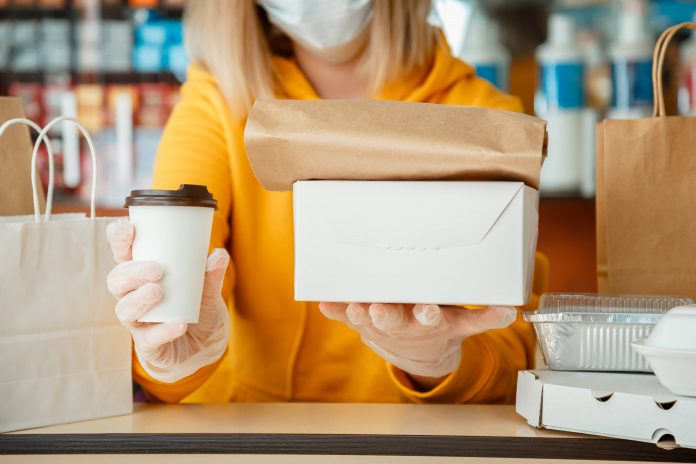Packaging food can be tricky. After all, there are lots of different kinds of foods, and each one needs special packaging to keep it safe & fresh. With all the rules about food safety and packaging, it can feel pretty overwhelming. But don’t stress, we’re here to help. First thing’s first: Why is food packaging important?
It’s important because it keeps food fresh and safe while it’s being moved around and stored. Food can go bad quickly, so the equipment needs to be able to clean food containers fast and well.
It also helps food last longer by keeping out things like air and moisture, which stops bacteria from growing.
Here are 5 easy tips for food packaging using the right equipment.
Get the right packaging
If you’re packaging food, make sure you have the appropriate packaging.
Choose materials that are safe for food contact and suitable for the specific type of food you’re packaging.
For example, use containers that are microwave-safe for products that need to be reheated.
Also, consider factors like shelf life and transportation requirements when selecting packaging materials.
Use the right size bags & boxes
Bags and boxes come in different sizes.
You need to use the right size for your food. If the bag or box is too small, the food might get squeezed or weighed down. If it’s too big, the food might not stay fresh.
Find the perfect size to keep your food safe.
At Maas Wholesale, we understand the importance of having the right-sized containers for various types of food.
That’s why we offer a wide selection of container sizes, including small, medium, and large pizza boxes, salad bowls, and more.
With our range of container sizes, we make sure that your food stays fresh and properly packaged for your customers.
Keep food safe from spoiling
Spoiled food is a big problem.
Use packaging that keeps out germs and mold. Sealing food in airtight containers creates a protective barrier, ensuring its freshness and safety for consumption.
Remember, keeping food fresh isn’t just about taste – it’s also (and perhaps primarily) about keeping your customers safe and healthy.
Follow food safety rules
Food safety is non-negotiable.
Compliance involves using food-grade packaging materials, executing proper sealing procedures, and meticulously maintaining requisite temperatures.
Deviating from these protocols jeopardizes both product integrity and consumer well-being.
Consider custom solutions
Food packaging is diverse so the one size fits all approach often falls short.
Just as each dish demands its own blend of ingredients, textures, and flavors, so too does it deserve a packaging solution tailored to its unique needs.
By considering the specific requirements of each food product, from its dimensions to its shelf life, you can choose packaging that safeguards its integrity and enhances its presentation and appeal.



